
|
South America |
list of countries with names capitals and curent flags description |
 |
Brazil - BrasiliaThe present flag of Brazil used to be officially adopted on November 15, 1889. The flag is green, symbolic of Brazil's lush fields and forests. Its main feature is a big yellow diamond, symbolic of Brazil's wealth in gold, and in its middle floats a blue celestial globe. It contains 27 white 5-pointed stars (one for every state and the Federal District) arranged in the same sample as the night sky over Brazil. The globe shows a white equatorial band with the motto ORDEM E PROGRESSO translation = (Order and Progress.) |
 |
Argentina - Buenos AiresThe present flag of Argentina was once officially adopted on February 12, 1812. The blue stripes upon a white field have been placed on the flag by Manuel Belgrano, the chief of the revolution, and are stated to be symbolic of the sky above, when the struggle for the country's independence began. The golden sun, with the Sun of May face, used to be introduced to the flag in 1818. |
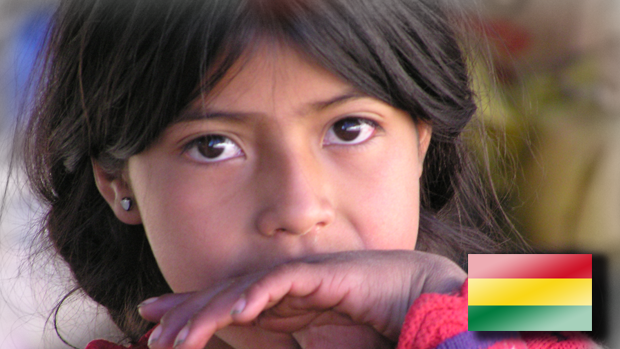 |
Bolivia - SucreThe present flag of Bolivia was formally adopted on November 30, 1851. The red and green colours had been a part of the original flag of 1825. Red is alleged to remember valor and green signifies fertility. The centered band of yellow symbolizes the country's mineral resources, and the coat of arms inside that band is topped by a condor. |
 |
Chile - SantiagoThe present flag of Chile was once officially adopted on October 18, 1817. The flag is modeled after the U.S. Stars and Stripes. Blue represents the colour of the high-mountain skys, white is symbolic of the snow within the Andes Mountains, and red symbolizes the blood shed all over the lengthy struggle for freedom. |
 |
Colombia - BogotaThe present flag of Colombia used to be officially adopted on December 17, 1819.The flag features three horizontal bands of yellow (double-width), blue and red. Colours of the flag are frequently interpreted in two methods.One version signifies that the yellow symbolizes sovereignty and justice, blue as loyalty and vigilance, and red represents the valor proven and the victory carried out all through the battles for independence from Spain. A extremely popular kids's song claims that yellow represents the gold Colombia as soon as owned except the arrival of the Spanish, blue signifies the country's contact with two oceans and red represents the blood that Colombians spent of their fight for independence from Spain. |
 |
Ecuador - QuitoThe present flag of Ecuador was once officially adopted on September 26, 1860. The red, green and blue are the colours of Francisco de Miranda, the South American revolutionist and adventurer. Yellow is the colour of the federation, red is claimed to point braveness and blue symbolizes independence from Spain. The centered coat of arms is topped with a condor. |
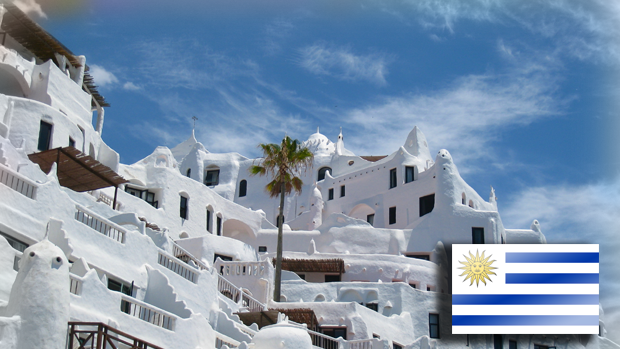 |
Uruguay - MontevideoThe present flag of Uruguay used to be formally adopted on July 11, 1830. The Sun of May has been used as a nationwide image because the nineteenth century. The blue and white colours are modeled after the flag of Argentina, and the 9 stripes symbolize the 9 departments within the country. |
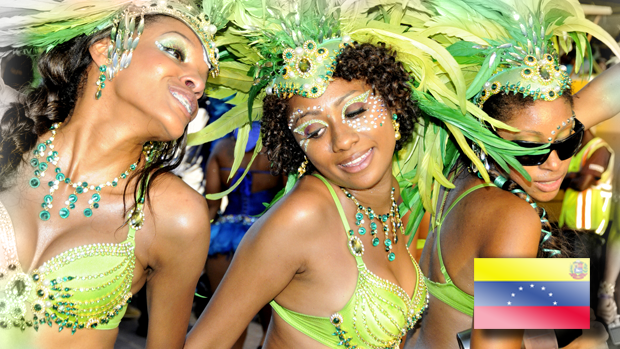 |
Venezuela - CaracasThe present flag of Venezuela used to be formally adopted on April 20, 1836. The flag is modeled after the one used by the liberation chief, Francisco de Maranda. Blue represents independence from Spain, red symbolizes braveness and the centered stars are symbolic of the seven provinces that supported the revolution. The coat of arms is positioned higher left. |
 |
Peru - LimaThe present state flag of Peru used to be formally adopted on February 25, 1825. The colours are stated to characterize the Incas and their lasting impact on the country. Additionally, red and white are the colours chosen through Jose de San Martin, The Liberator. The coat of arms incorporates a llama and chichona tree, important symbols of Peru, and a established cornucopia representing prosperity. |
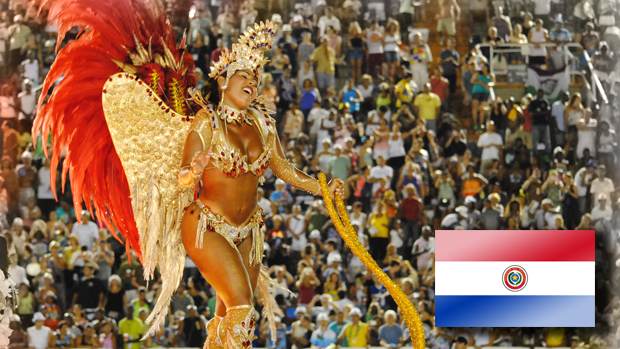 |
Paraguay - AsuncionThe present flag of Paraguay used to be officially adopted on November 25, 1842. The flag is modeled after the colours and form of the French Tricolore, and mutually it represents liberation. The Sun of May in the centered crest is regarded as an emblem of freedom, and it is found on a lot of South American flags. |
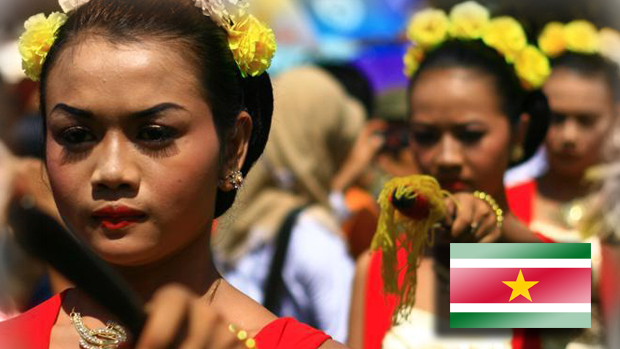 |
Suriname - ParamariboThe present flag of Suriname used to be formally adopted on November 25, 1975. The white represents freedom and justice and the red and green had been the colours of the political parties all the way through independence. The gold star symbolizes harmony and hope. |
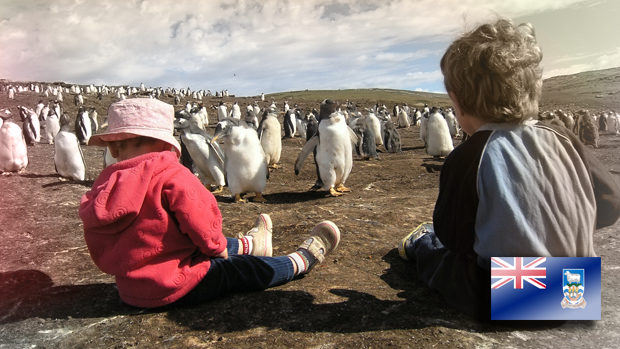 |
Falkland Islands - StanleyThe Falkland Islands are an overseas territory of Britain, and their flag, first hoisted in 1948, symbolizes that affiliation. The coat of hands includes a ram symbolic of the sheep industry on the islands. It additionally features a ship (the Desire), one utilized by John Davies, whose crew discovered the islands in 1592. The Falkland's motto is scrolled on the bottom of the arms. |